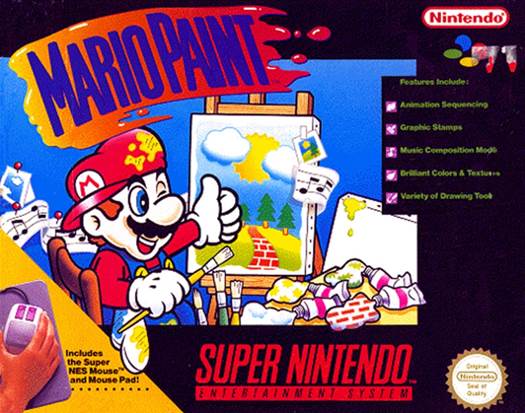


Earlier this week, Nintendo introduced a new product called Labo. It’s part video game, part craft project, and most importantly, part one of Nintendo’s step into the booming industry of engineering toys. At launch, there will be two Labo kits. Each comes with sheets of scored cardboard from which you can pop out individual pieces to build contraptions. Once built, the machines interact with the Nintendo Switch console and its motion-sensing Joy-Con controllers. The included software includes games, as opportunities for open play with these papercraft creations.
The demo looks fun. Turn the Switch console into a robotic backpack? Heck yeah. A tiny working piano made from pieces of simple cardboard? Sign us up. The potential goes way beyond the already-announced titles, too. With enough traction, the idea of the Switch as a central nervous system for creative building system could propel it into territory currently occupied by other STEM heavy hitters like Lego, whose Boost creative platform earned a Best of What’s New award last year.
While Nintendo may only just getting into the STEM toy hustle, the company has been doing weird and creative stuff since the dawn of millennials. Here are some products from Nintendo’s past that went beyond a typical console experience to give kids like us a chance to make stuff.
Mario Paint
Trying to make art with a Super Nintendo controller isn’t a simple task, which is why Nintendo released a dedicated computer-style mouse to navigate its 1992 art-oriented title. Mario Paint let you create simple graphics—at least by today’s standards—and even basic animations. It wasn’t robust enough to make a real masterpiece, but it pushed players to flex their creative muscles in between sessions of button mashing.
Game Boy Camera
Wikipedia
Game Boy Camera
Back in 1998, the digital camera takeover was just getting started, and the humble Game Boy had its own imaging device. The camera captured monochrome images that measured 128 x 128 pixels, which seems pathetic here in the era of 4K screens, but those blocky images were a big deal back then. Players could take pictures without having to get a roll of film developed.
Game Boy Printer
The printer allowed players to make stuff with a video game console.
Wikipedia
Game Boy Printer
To go along with the camera, Nintendo produced a Game Boy Printer, which used a heat-based printing process to create images on rolls of 1.5-inch wide paper. You could print images captured with the Game Boy Camera, or even screenshots from games you were playing. Some of the paper used adhesive backing so you could make your own stickers.
R.O.B.
Nintendo’s first robot made its debut way back in 1985.
Wikipedia
R.O.B.
The Robotic Operating Buddy (R.O.B.) wasn’t geared toward creation, but it was one of Nintendo’s first steps into combining physical objects with its software. The robot’s head had an optical sensor that received signals in the form of flashes from a TV. One of the compatible games was called Memory and involved sending R.O.B. ordered lists of commands, which was a very primitive form of coding.
Games like Tony Hawk’s Pro Skater have let players created their own levels for years, but Nintendo regularly goes out of its way to offer games designed specifically around creation. 2015’s Super Mario Maker has a level of customizability that’s so robust it can be intimidating. Cruise through some of the YouTube videos of player-created levels and you’ll be shocked at how inventively evil some of them are. You can also try games like WarioWare DIY for Nintendo DS, which let players create their own minigames.

EDITOR'S PICKS







